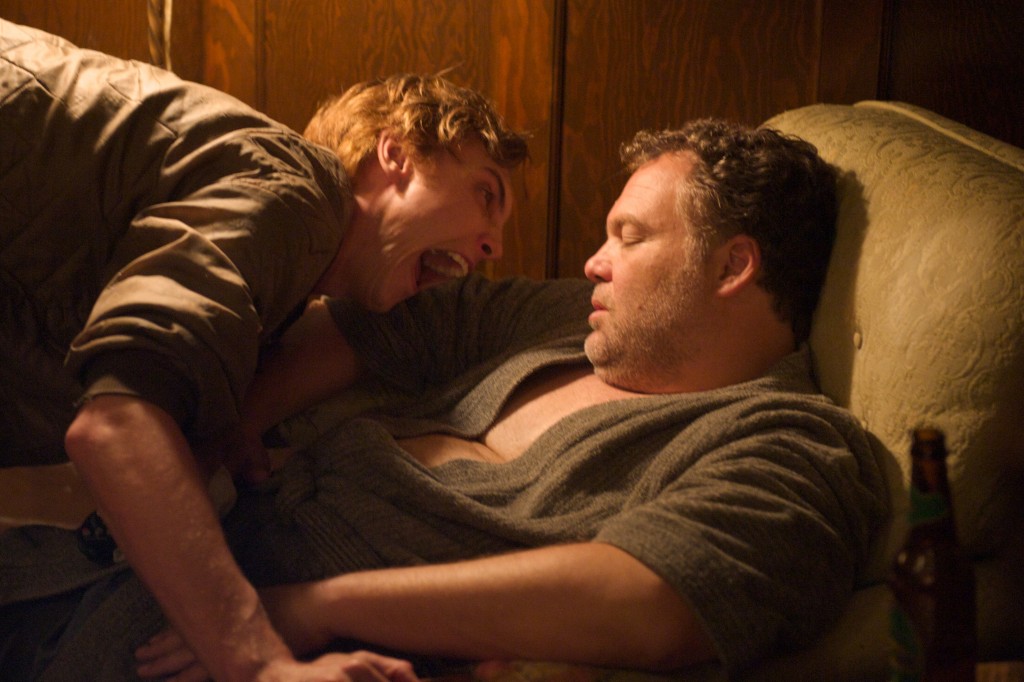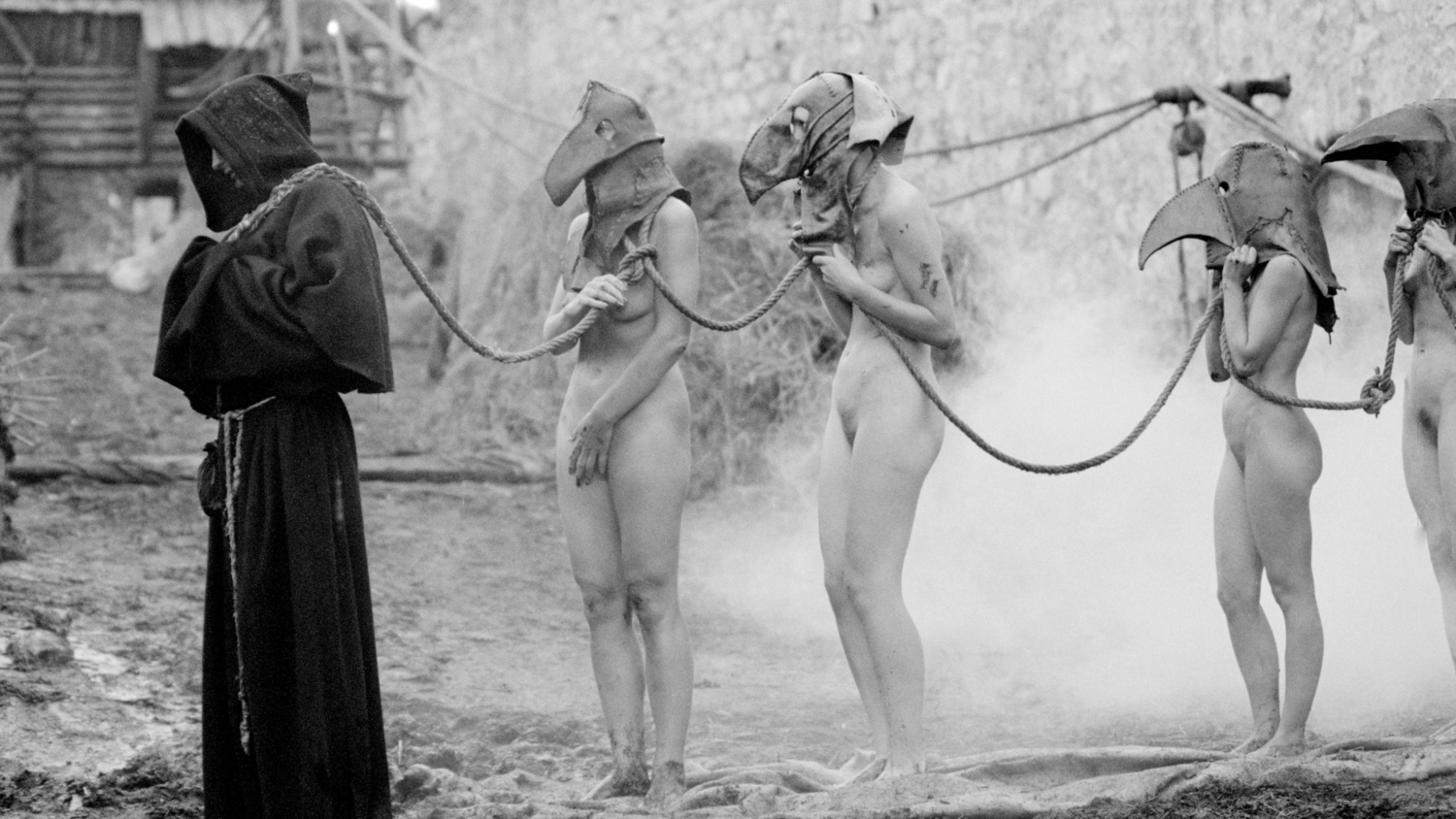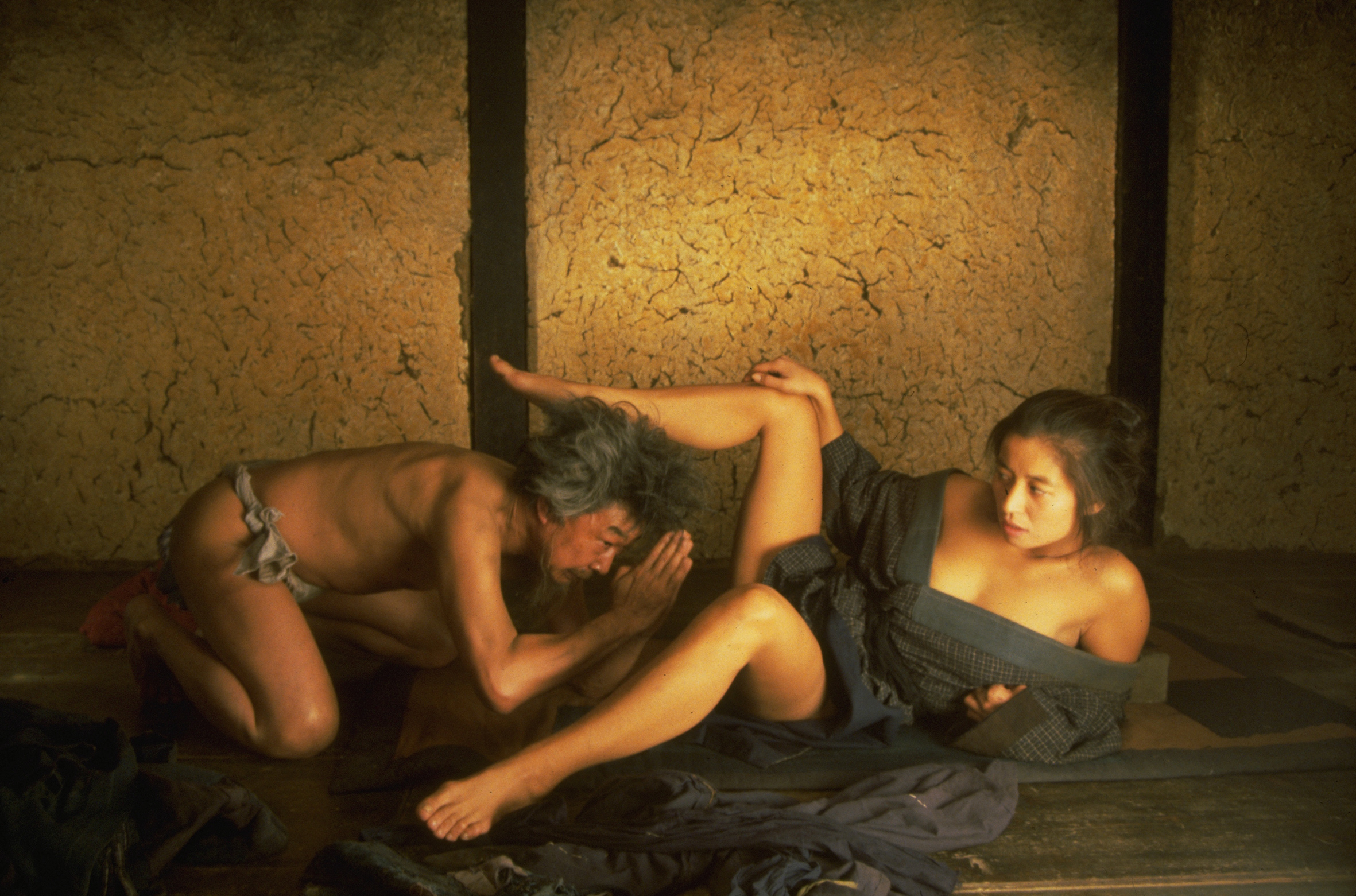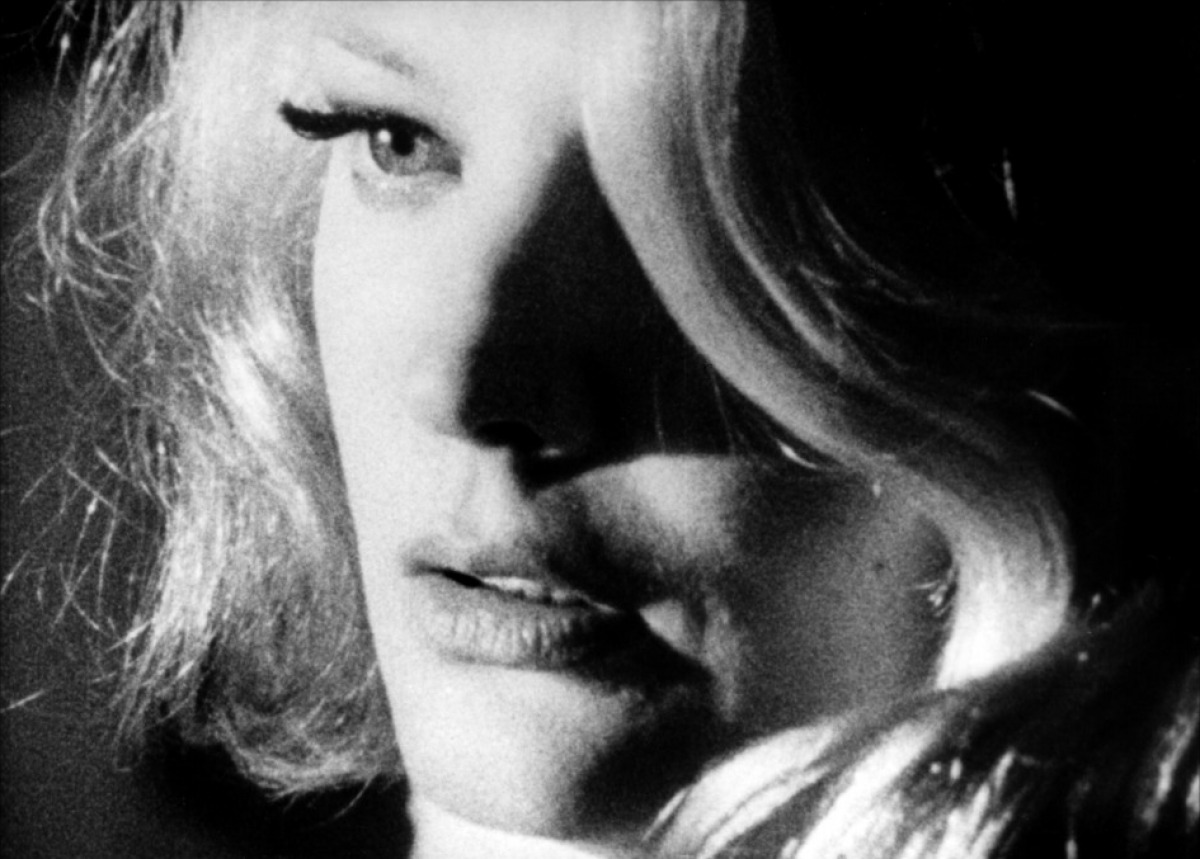Jennifer Lynch Interview
Posted by cskinner on February 8, 2013 · 0 Comments
The film is fascinating in the questions it raises about nature vs. nurture. Do you find yourself coming down more on one side of that debate and did making Chained change your views at all or lead you in new directions?
Such a great question. I think the dangerous part of nurture vs. nature is the assumption that it is one or the other. It is so deeply case specific. If we look solely at Bob and Rabbit… Bob’s nurture was so damaging, it built a monster. He knew only pain and deception. Mistrust and fear were his first words. Intimacy was ruined and sex mixed with violence. Yet…clearly, he yearns to have companionship and to not be alone. He cannot be rehabilitated, but there is still a deep ingrained human need in him to be loved. Rabbit had love from his mother for nine years. Then the damage occurred. I like to think the knowledge of what love truly feels like enabled him to save his own life and the life of Angie, yet…what will happen to him now? He has been broken. No matter how good his intentions… can he ever recover?
I understand that when you first read the script for Chained you found some of the ‘torture porn’ elements to be gratuitous. What do you consider to be the definition of torture porn and in what way did you find them gratuitous in the first version of the script?
Damien O’Donnell wrote a powerful script, No two ways about it. But it was not a movie for me. I felt I had seen a lot of it before, in that there was a large B story in which detectives searched for the killer throughout, and yes, the killer, who was simply called, THE DICER, was unappealing to me in that he killed by torture. I didn’t know why. I felt unmoved. I felt disconnected. I felt the women were made simple and victimized even before he got to them. Torture porn has a large audience and many folks are great at telling those stories. I’m not one of them. I wanted to explore the idea of a REAL HUMAN MONSTER. How are they made? The idea that something as “every day” and “seemingly safe” as a taxi ride could become threatening… that the pain we all experience guides us in our decision making each day…making us either less or more empathetic.. that’s what’s scary and fascinating. I love scary movies, but I wanted to deal with the monster who doesn’t wear a mask. He stands next to you at the grocery store, and you don’t know how dangerous he is.
How important to you was it to not provide concrete answers in Chained? There are threads that seem to be left loose to encourage audiences to question what they’ve seen and think about the characters’ behaviour. Was this a very conscious consideration and if so, was there anything in particular you did to ensure the film played in this way?
I love a bit of uncertainty at the end of things. It allows for dialogue and audience involvement after the movie. Its intentional on my part and deeply important to me. In the same way I treated the last shot of SURVEILLANCE, I adore the different views on what might become of someone who has survived such things. What happens next. Will the love they knew once be the thing that echoes, or will the violence be too loud? I think that pain is so (as I said above) case specific, it is not for me to say what happens next. It is for all of us to discuss. There really is no excusing the violence Bob imparts, but there is a way to understand it. But we built him. If we can save children from abusive situations, we can begin to end the cycle of the abused becoming abusers. Until then, our silence and hands in our pockets, only keep the monsters coming.
The sounds of Rabbit in the house over the end credits were really important to me. He returns to the only home he has now. He does what he knows. But in my opinion Angie is fine. Next stop, IKEA.
I read in another interview that you would like to do a director’s cut of Chained. What would be different in that cut of the film and do you have any plans to release that at any point?
I would adore to do a director’s cut. I was limited by a running time requirement and had to lose some things I loved. There was a scene as well that I lost due to feelings the distributors had about it. I miss it terribly. The ending was cut significantly enough that Jake Weber told me he was a bit heart broken to see what was missing from that final scene with Rabbit. If there is any way I can raise some money, or if enough people want to see a directors cut…I’M READY.
What was the hardest scene to cut from the film and why?
There were a few. All hurt. But that’s part of the process. A film is made three times. It is written. It is shot. It is cut. So much happens in each stage. I’d say the scene I vaguely referenced in the prior question was the hardest. I don’t want to give away what it was, but I dig the hell out of it. Second in line was the continuation of the “card game” with driver’s licenses that Bob and Rabbit play. There was a round improved at 3 a.m…. amazing. Hysterical. Telling. It just ran too long and had to go. But in a director’s cut…that sucker would be in!!!
So much of the film is incredibly tense and often very uncomfortable to watch. How did you find shooting these kind of scenes and did you do anything in particular to help bring out more emotionally deep performances from the actors?
Every actor involved was so brave and so trusting of me, I had only to make certain I returned that gift. I is imperative that they know they can trust me. That I am not going to make light of what they are doing and how much work it is. I will push them, yes. But I will always be there to catch them. I think discussions are incredibly important. They bring up different feeling in each actor and then are released on the screen. I enjoy blocking and making certain lines are run… but I DO NOT REHEARSE. I think each actual performance should be filmed. Actors are collaborators. They are artists, not puppets. I never want to say..” okay…great…but can you do what you did in that rehearsal (I was too stupid to film)?
How did you find shooting on the RED One and the Alexa? What strengths and/or weaknesses do you thinking shooting on digital had and were there any particular benefits that you found for this film in particular? Do you think you’ll ever shoot on film again?
I love film. I love digital. The Alexa is amazing. The Red is a great camera as well. I also love my Canon Rebel. They are like boyfriends, cameras. Each has something to offer. Some you take home, others you take downtown. I believe I will shoot on film again, certainly, but I have to say I am truly cherishing digital right now. It is not film. It is what it is, and it evolves every day. Most important to me, it allows me to keep the set quiet at the end of a take… to not break the mood… to keep the actors protected in character, but to whisper, ‘still rolling…that was beautiful…let’s go again right now…this time imagine you are afraid he/she will laugh at what you say next’ I can experiment. I do not worry about burning film. I have the actor’s back, and the camera has mine.
One advantage of digital is that you can see what’s just been shot immediately. Did the actors in Chained watch their takes during filming and if so, what effect do you think this had on the actors’ performances?
Neither the actors nor I would watch the takes after we shot them. Maybe once I would show them a playback of something beautiful…some incredible moment.. but again… I have found that watching it takes me out of the creation. I felt the actors felt the same way. I watch footage later. In the moment I keep shooting. Unless I see something go wrong or the cinematographer says we need to go again for camera… I shoot on mood. I think everyone knows when it works.
How did you find the arbitration process with the MPAA that you went through with Chained and what are your personal views about the censorship & classification of films?
Wow. The MPAA. Yeah. Hmmmm. The arbitration was surprisingly pleasant for a situation that didn’t go my way. I believe the people involved are doing what the guidelines set forth for them to do. I simply do not agree with the guidelines. Ultimately what they kept saying was, “It just feels to real” “You have made a great film…we don’t think children should ever see it” Touche’. I mean, hey…neither do I. This is not a kid’s movie… but to say that a sixteen year old cannot go with a parent or discerning adult and after the movie have a dialogue about abuse and safety and the horror of actual violence… is absurd to me. The concept that violence that is sexualized or made funny is better for those 17 and under is grotesque. It is numbing. I love those films for what they are, truly… but we are setting our youth up for a surprise if they think throat slitting is funny or sexy. I can’t help but think that if Brad Pitt played BOB, I would have had an R. But almost proudly I say… Vincent, Eamon, Julia and Jake and Evan (et al) all did such an authentic job… It meant the MPAA was going to have to actually approve intelligent conversations between children and adults. I wish they would have.
I understand your next film is going to be A Fall From Grace. What stage are you currently at with that and what can you tell us about the story? And are you still intending to follow it up with The Monster Next Door?
A Fall From Grace is in the final and delicate stages of casting. I hope to be in pre production by March… fingers crossed. It is all such a beautiful and awkward ballet, this film business. One never knows how it will unfold, only that with passion, eventually, it will.
The Monster Next Door is indeed slated to follow AFFG. I cannot wait!
This interview was originally posted at HeyUGuys.
Filed under Interviews · Tagged with A FALL FROM GRACE, CHAINED, JENNIFER LYNCH, THE MONSTER NEXT DOOR






